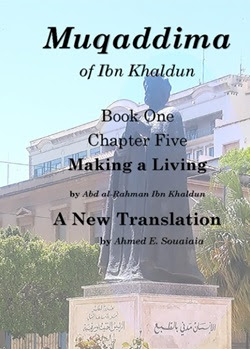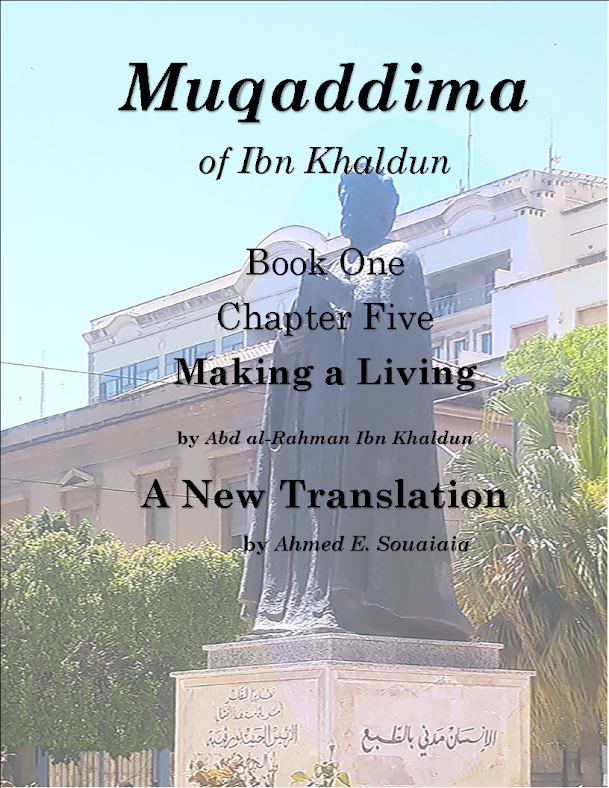In another sign of activating alternative paths for global trade with the uncertainty in the Black Sea due to the conflict in in Ukraine, Kazakhstan decided to export its agricultural goods across the Persian Gulf through the Islamic Republic of Iran to open a new direct route to free waters, which starts from the port of Korik in Kazakhstan, then the Iranian port of Amirabad overlooking the Caspian Sea, and then to the port of Bandar Abbas on the Persian Gulf.
The Iran route reduces the duration of the transfer of goods through presence in the ports of the Emirates, India, Pakistan, the Far East and the coasts of East Africa, in addition to that this route can export Kazakh goods to the European Union.
Meanwhile, the Deputy Prime Minister of Kazakhstan, Srik Jumangarin, held talks with the head of an Emirati shipping and transport company, to employ joint investments for this goal.
This is a major development, which practically, could allow Russia to export its goods and services through this route directly or through Kazakhstan, bypassing the risk associated with the Black Sea trade route. However, this North-South route has been in the making for over two decades, and only now it is showing its potential in a new geopolitical climate.
What is the International North–South Transport Corridor—INSTC?
It was first conceived in the early 2000’s. The idea was to build a transport corridor linking Russia’s Baltic Sea coast to India’s western ports in the Arabian Sea via Iran. Russia, India and Iran signed preliminary agreements to develop the 7,200-km-long International North-South Transport Corridor (NSTC) in 2002. NSTC consists of sea, road, and rail transportation systems with investments for building the railroads and truck highways coming mostly from India, Russia, and Iran.
The INSTC's western route passes through Russia, South Caucasus, and Iran. The middle axis reaches India through Saint Petersburg – Astrakhan – Caspian Sea – North and South ports of Iran (Amirabad, Anzali, Chabahar, and Astara ports). The eastern axis passes through Russia-Kazakhstan-Turkmenistan and Uzbekistan-Iran.
Three years later, Azerbaijan signed up for the project. This agreement was eventually ratified by 13 countries — India, Russia, Iran, Azerbaijan, Belarus, Bulgaria, Armenia, Kazakhstan, Kyrgyzstan, Oman, Tajikistan, Turkey and Ukraine.
Now the NSTC is allowing states close to its main path to benefit from this increased North-South activities created by the sanctions imposed on Russia and the new sanctions imposed on Iran after the collapse of the Nuclear Deal. Iran stands to benefit most from this initiative, which, together with China’s BRI project will create new networks I the region and east Africa.



































No comments:
Write comments